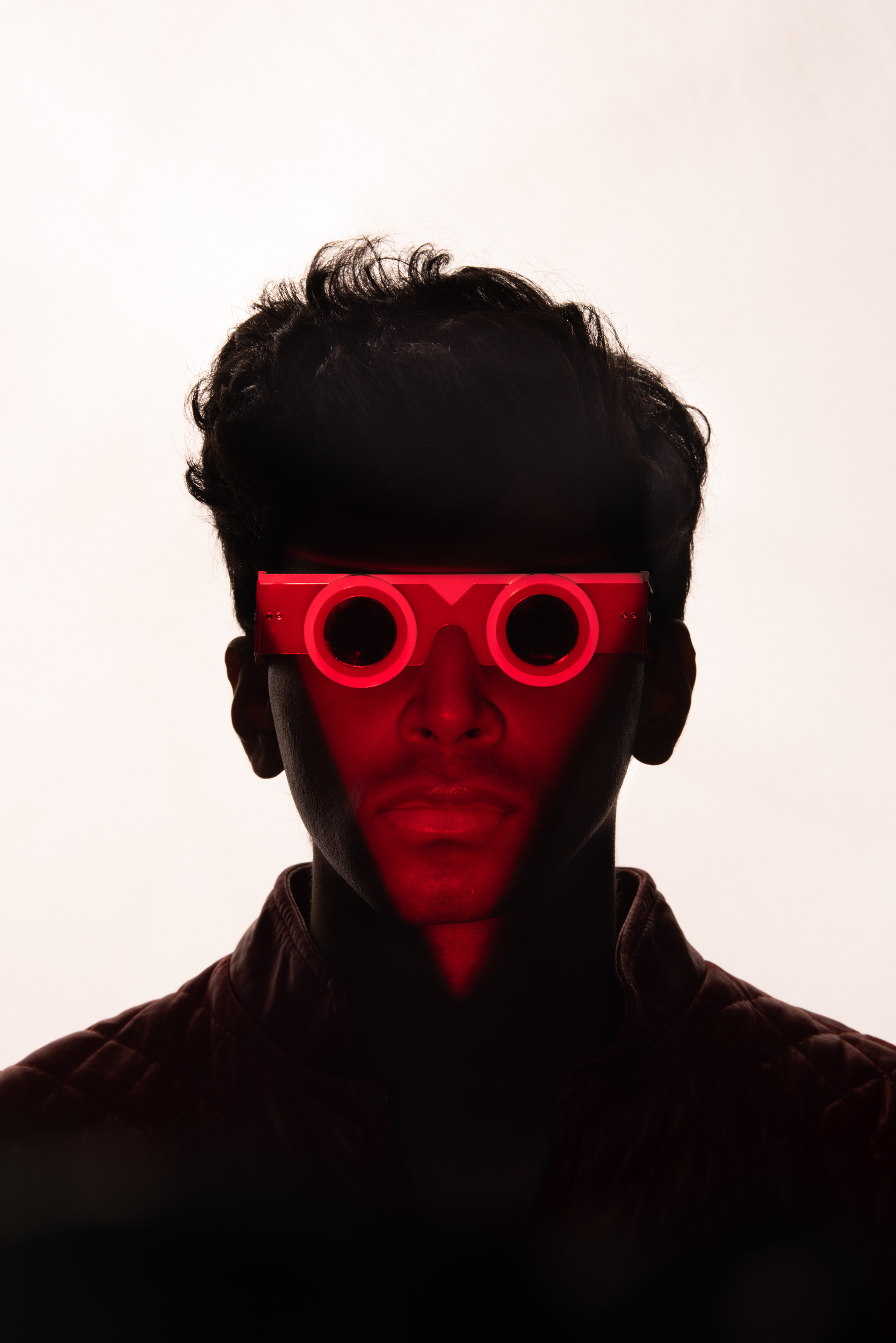Communing with 2021 Photography Awards Community Winners
Q&A with 2021 Photography Award Winner Kristy Boyce
April 22, 2021



Kristy Boyce, BOMBOY - EXPERIMENTS IN COLOUR WITH DRAG PERFORMER, BOM BAE, Shoe-String Budget Photography - Series, 2021 Photography Awards winner.
Kristy Boyce is a Toronto-based photographer and multimedia artist. Boyce got her start as a photojournalist in Africa and Southeast Asia, and prefers to work with technology at hand. Her award-winning piece is exemplary of her creative ingenuity and ability to adapt to the task at hand. You can find Boyce’s work on her website here and follow her on Instagram here.
What is your creative process (from idea to finished product?)
Conceptually, a photograph starts for me when I've got an idea that won't stop rattling around in my head. It might be an aesthetic obsession, a technical lighting challenge I'd like to try and or socio-political commentary that drives the early process. Then I draw. I always sketch out my ideas both in terms of form and composition and lighting diagrams. Mood boards are also a great tool, especially when collaborating with others.
I like to account for all aspects in pre production to get as close to the image in my head as possible. By being fully prepared on the shoot day, I can then play and be open to experimentation. I also love to ping off of ideas from other folks on set (doesn't matter who it's from, best idea wins!), and that collaborative environment works best when the shoot is well organized, keeping stress levels low, and minds open.
Can you walk us through the specifics of creating this piece (specific winning piece)?
From this series I get the most questions about the portrait with the red triangle so I'll unpack that one.
Lately I've been inspired by @JohnGressmedia’s work using a Nicefoto SN-29 optical snoot -but I couldn’t get my hands on one anywhere in Canada! Every optical snoot was sold out online or didn't fit my alien bees strobes. An optical snoot allows you to actually focus the light & shape that you're projecting a light through, allowing for sharp shapes and patterns at close proximity vs. creating a large cut out and moving it around at various distances from the light source to try and get a sharp, defined edge.
So Alex Russel (assistant and often collaborator) and I improvised our own using an old theatre projector lens from an army surplus store, some Plexiglas, a red gel, and hand-cut construction paper for a gobo. My studio strobe went behind the old projector lens, the acrylic pieces held the gobo at the back of the lens, with the red gel on front. The mechanism worked like a camera obscura, so looking through the projector lens the model appeared backwards and upside down. It made the precision placement of the triangle gobo very particular.
The background was a large Octabox, with two strip lights on the left and right.
What has the response been like for this piece?
The response has been very positive. I've received a lot of questions about how the lighting was achieved in each image from the series, which is great because I love to teach and explain my process. I'm not a believer in keeping lighting etc. secrets, so I'm always happy to share how I made something.
How would you describe your artistic style?
My style is a merger of a commercial, often cinematic aesthetic that is underpinned and informed by my fine arts education. I do also pride myself on continuing to evolve my style and technical abilities as well as changing interests, so the first half of this answer could be lies depending on when you're reading this!
Who is your creative hero?
Most of my creative heroes right now are Indigenous artists. There's so much incredible work being produced by artists like Meryl McMaster, Brian Jungen and Dayna Danger.
Rebecca Belmore is an incredible example of someone who works across mediums (photography, sculpture, performance etc.) and have made amazing work on a technical level, while speaking to important issues such as the treatment of Indigenous Peoples in Canada and #MMIW specifically.
What is your dream work environment?
I'm currently in it! I have a large studio in downtown Toronto that has really allowed me to explore scale in my work and making. I'm going to wake up soon though as it's about to be turned into condos.
Tell us your biggest art world pet peeve?
Vague art-speak that uses big words and long sentences while saying nothing. Though I will say within my own work, I often have the reverse problem.







